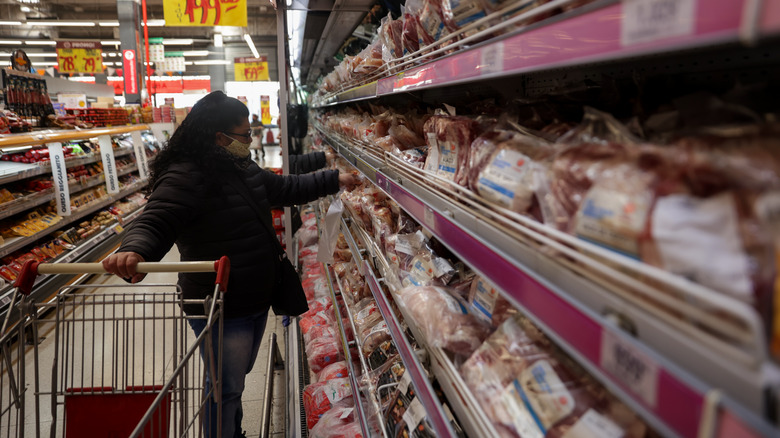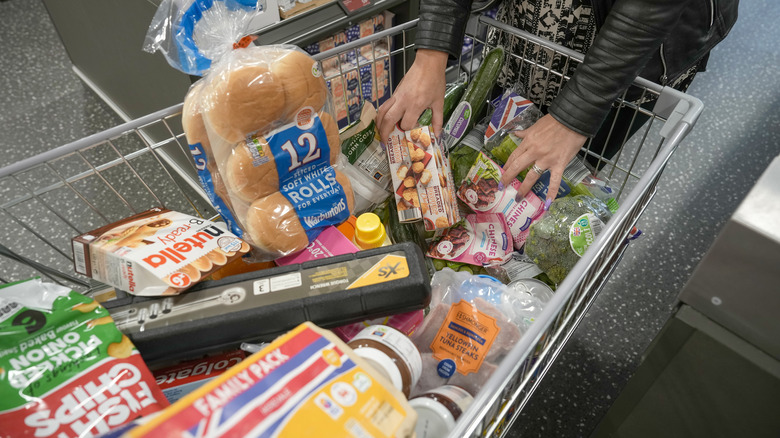Why Grocery Prices Might Skyrocket Again
After months of rising price tags at the grocery store, the expectation is that when it comes time to fill up the cart, the receipt will be more (and more) every trip. Luckily, that hasn't been the case for everyone in July, and shoppers have had a bit of relief at their local grocery stores. With food inflation the worst it's been in over 40 years, any downtrend in prices is welcome.
According to CNBC, food prices dropped drastically in July compared to June. Topping the list of foods with rising affordability are wheat and vegetable oils. Lower prices at the grocery store are linked to supply and demand, Ukraine and Russia's, albeit shaky, exportation agreement, good crop harvests, an economic slowdown, and the strength of the U.S. dollar. With all of these potential factors, the hope for a long-term reduction in grocery prices is tempting, but not a given.
The future of grocery prices
During a recent United Nations press release, Chief Economist of the Food and Agriculture Organization of the United Nations, Maximo Torero, explained that the FAO Food Price Index fell for the fourth consecutive month this July, the all-time high being this past March. July saw the steepest decline of the previous four months at 8.6%. However, these projections are not certain to last. There are still many factors that could reverse the downward trend in prices.
Torero warns, "many uncertainties remain, including the still high fertilizer prices that impact farmers' livelihoods and future production prospects for the next year, and the global economic outlook and currency movements." Grocery prices might be down this month, but the forecast for the rest of 2022 is shaky. Some global government officials believe that food inflation could rise as high as 20% this year (via PoliticsHome).
Whether we continue toward more affordable prices or not, consumers have already begun adapting to inflation. There's been a skyrocket in the popularity of foods that, before rising food prices, were not nearly as in demand and shoppers are choosing stores with lower prices.

